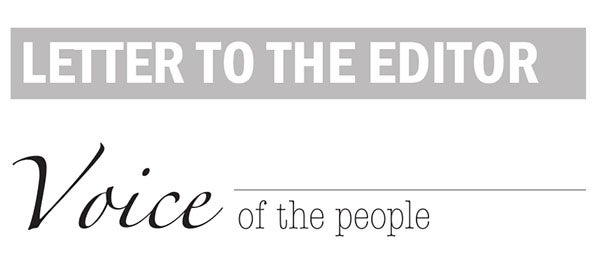Low unemployment figure masks impact of drug problem
Published 6:08 am Thursday, June 21, 2018
By DAVE FAIRCHILD
Guest columnist
In April of 2018, the Bureau of Labor Statistics reported that Boyle County’s unadjusted unemployment rate was 3.8 percent. That sounds like a good thing, but is it? Let’s start with the federal government’s definition of unemployed: people who are “available for work and have actively search for a job in the past 4 weeks.” That misses a lot of unemployed people.
A further look at how Boyle County’s figure compares with the Kentucky-wide average is also troubling. Kentucky’s estimated 2018 population was 4,472,265 and its estimated April 2018 civilian labor force was 2,053,900, which yields a workforce participation rate of 46 percent. To achieve the state average workforce participation rate, Boyle would need to increase its rate by 3 percent, or 898 people.
Since Boyle’s quoted number of unemployed in April was 481, that suggests if we were performing at the state’s average workforce participation rate, the total employed people would be higher by 898 and our unemployment number would be 10 percent. Even more discouraging, is a look at how Kentucky compares with the 2018 national average workforce participation rate: 46 percent in Kentucky versus 62.9 percent in the U.S.
In May of 2017, a Kentucky Chamber of Commerce report prepared for the Business-Education Roundtable by Taylor-Gray Associates of Frankfort compared Kentucky to the U.S. average in several metrics. Kentucky has 5 percent more of its population below the poverty level and 83 percent more deaths from drug and alcohol abuse (29.9 vs 16.3 per 100,000). Inmates are not counted in the civilian workforce count, which account for some of our under participating workforce.
Compounding the low labor participation rate issue is another recent statistic: 84 percent of Kentucky’s employers cannot find enough qualified workers, according to a January 2018 report by the Kentucky chamber’s Workforce Center. Imagine what the workforce participation rate and unemployment data might be if all the unfilled jobs were added to the workforce and the unemployment numbers. But unfilled jobs numbers are just another part of an untold story behind our low unemployment rate.
In 2017 4,616 inmates in state facilities were incarcerated on drug charges. That figure does not include county or local facilities. If the local inmate population percentage follows the population ratio (which might be low), the total number of drug related incarcerations in Kentucky would be more than 9,200 people. Since the rate is increasing, it is probably conservative to use the May 2017 statewide Incarcerated population of 35,765 and compute the percentage of inmates in state or county facilities on drug-related charges. The resulting percentage is more than 26 percent.
The average cost per inmate is estimated to be more than $23,000 annually. So, Kentucky taxpayers are burdened with around $211 million dollars because of drug abuse per year, and those people are not contributing to the state’s economy. Neither are they counted in the BLS workforce participation and unemployment data.
Another significant factor in our poor workforce participation rate is the number of Kentuckians on Social Security disability benefits. Kentucky ranked fourth in disability insurance participation in the U.S. in 2015, with 223,240 participants (8.1 percent — almost twice the national average). An additional 125,447 Kentuckians received supplemental security income.
So, using the latest figures available, if all the inmates and social security recipients are added to those not participating in the April 2018 workforce in Kentucky, the April 2018 unemployment rate in Kentucky would be 16 percent. For Boyle County, the corresponding percentage is 26.6 percent.
With approximately two-thirds of both the city and the county governments’ revenue coming from job-related taxes, this extraordinarily low workforce participation rate is reason to be concerned.
Curtailing this deadly epidemic will require addressing both the supply of these drugs and the demand for them. On the supply side, it means addressing the flow of heroin into the U.S. and stopping the over-prescription of opioids, which is how many people get hooked on them. On the demand side, it means raising awareness about their use among high-risk groups and developing better treatments for opioid users. The effort cannot wait for the federal government action; it must start locally.
The Boyle County Agency for Substance Abuse Policy (ASAP) has operated since 2000. The agency is tasked with “building capacity” for treatment, prevention, education, harm reduction and law enforcement. Their budget is not commensurate with the size of the task.
ASAP is trying to fill the large gaps by working with community members to get others involved. Shepherd’s House is a great example of services for nonviolent offenders to leave jail and be working and in treatment.
There is more good news. Two sober living houses may be opening in Boyle within the next few months. Transitional houses provide a safe environment for people who will be required to pay nominal rent, work, be drug screened and attend recovery support meetings.
More capacity would be helpful, as would employers who are willing to hire people with nonviolent criminal records.
ASAP is a good start, but more proactive projects are needed to keep jail populations down and return addicted inmates to be productive members of the workforce.





